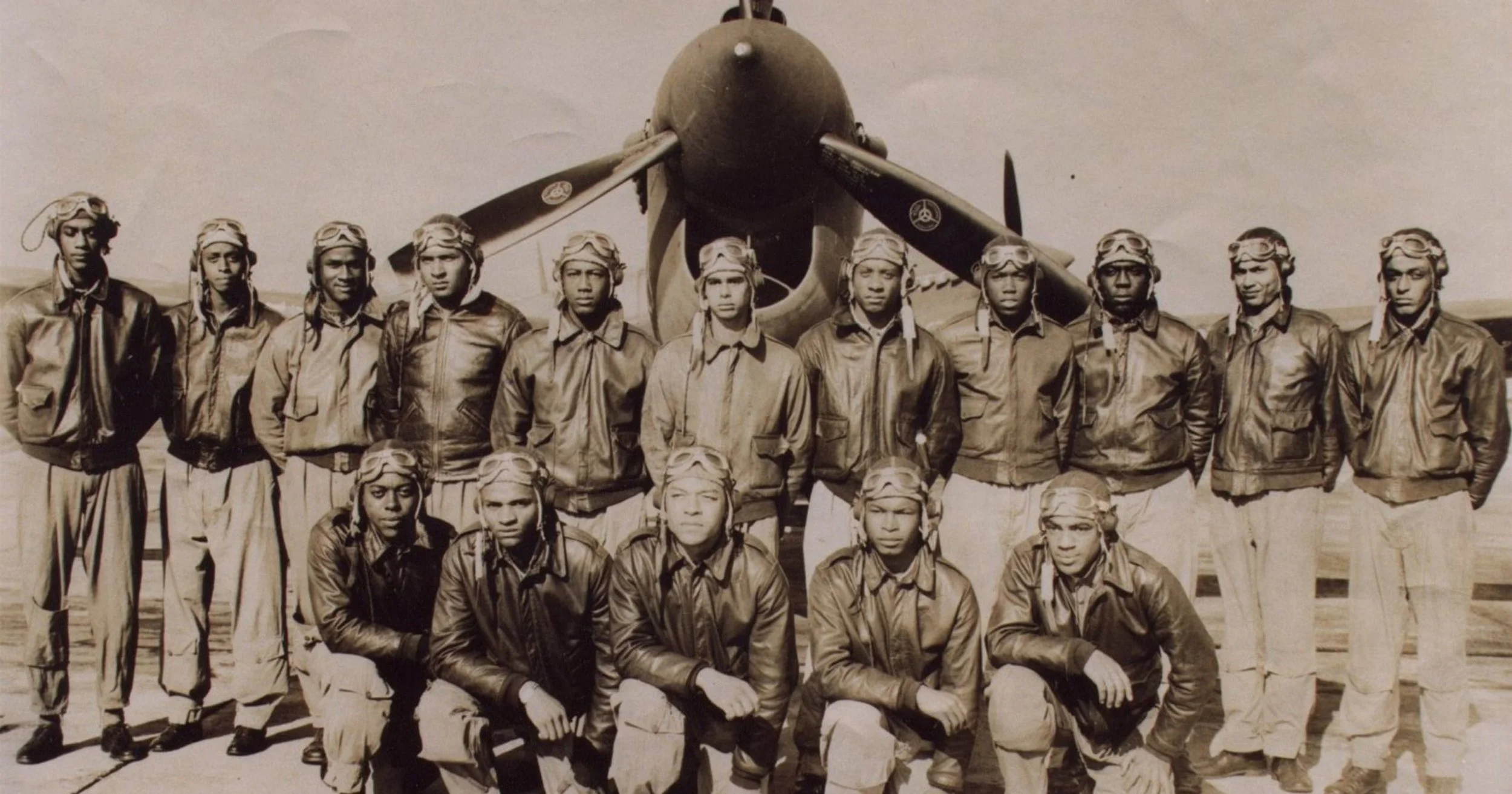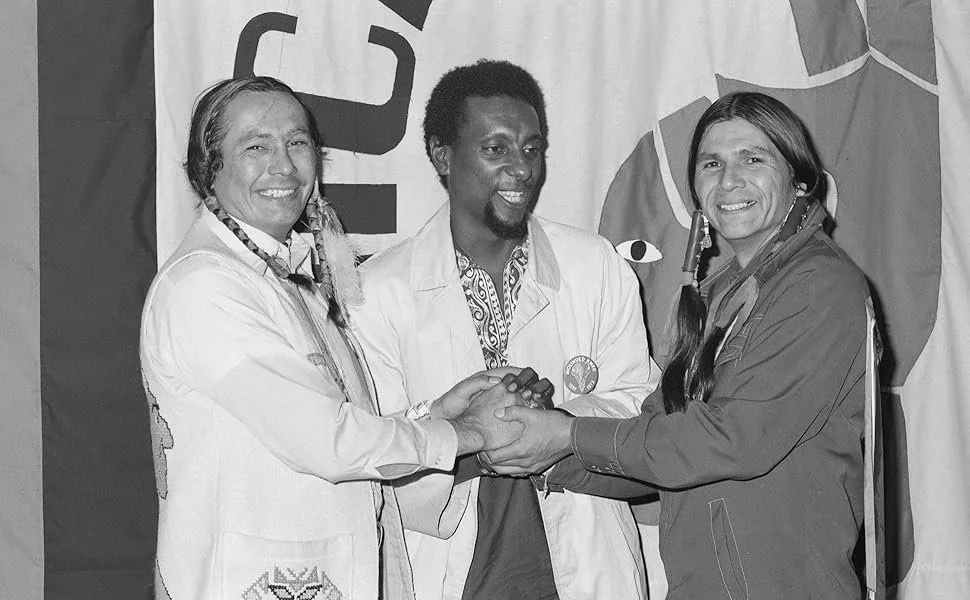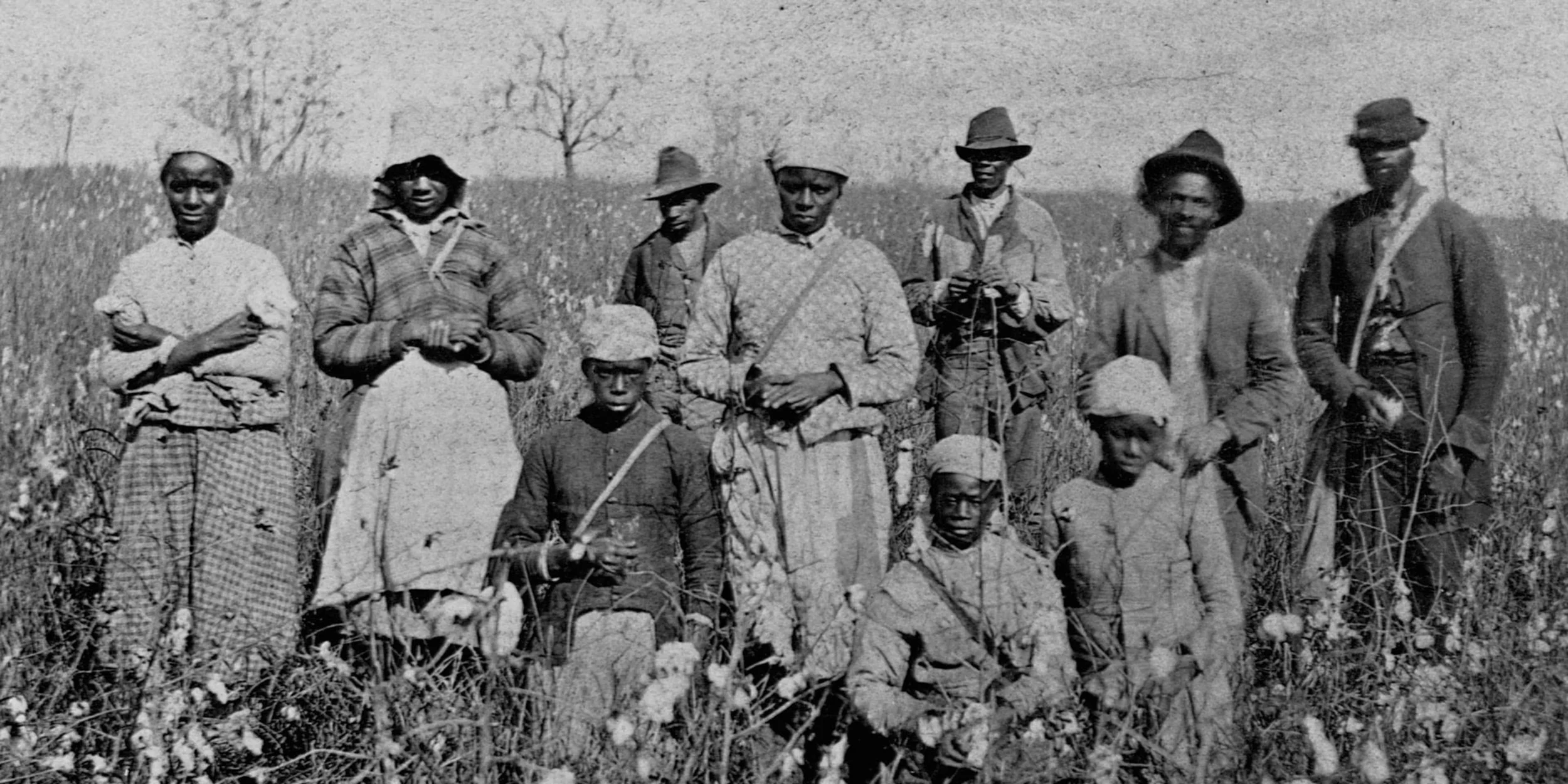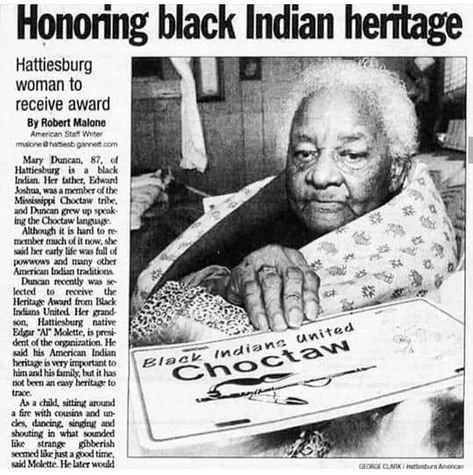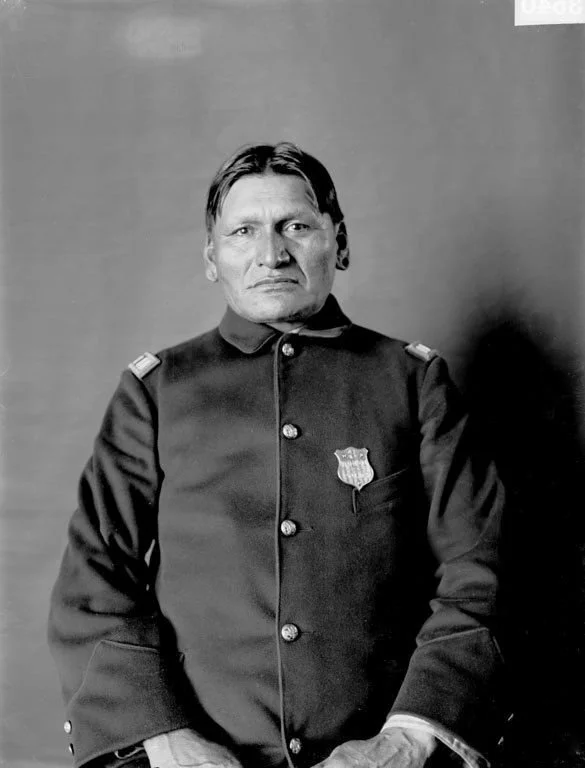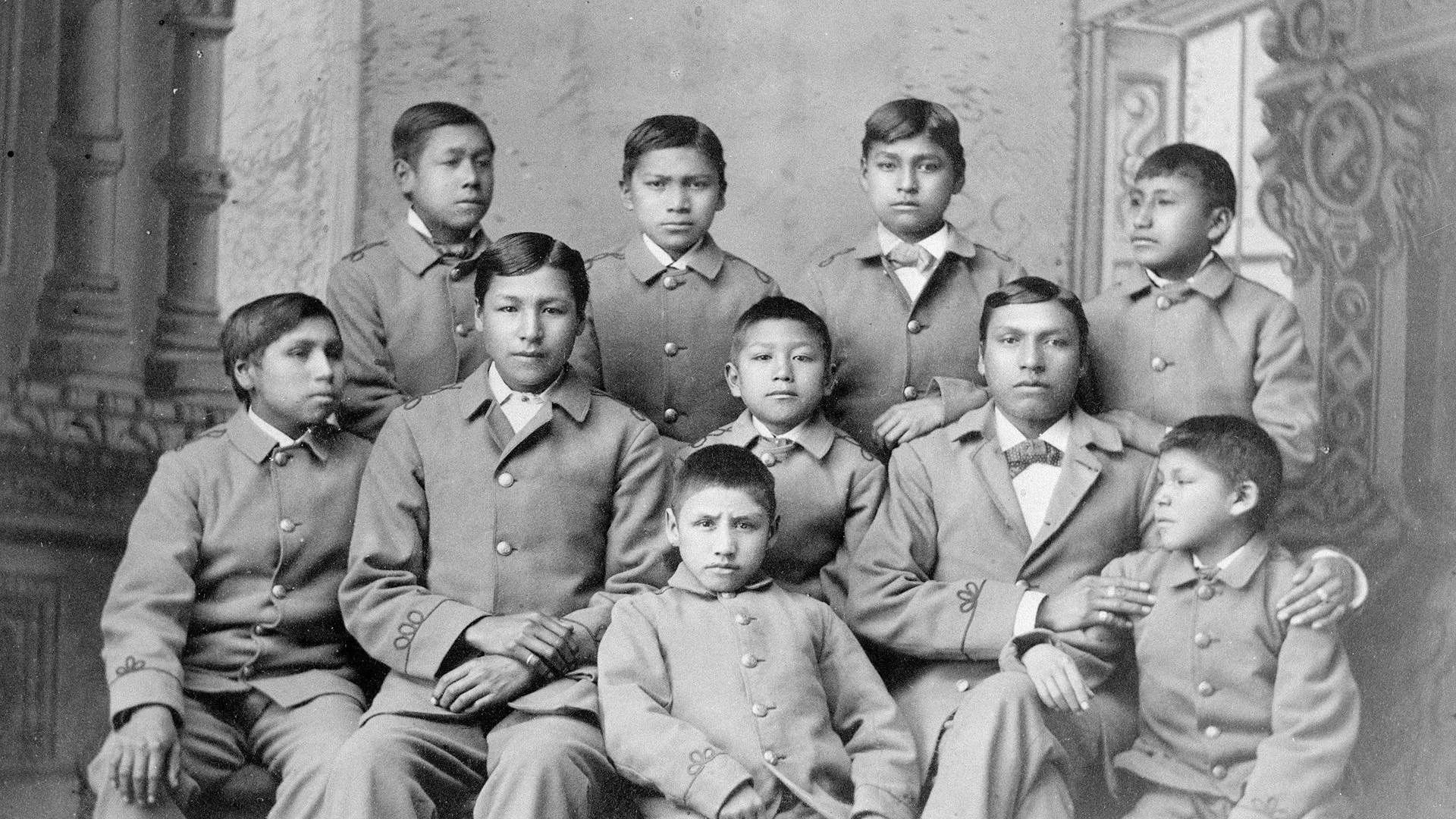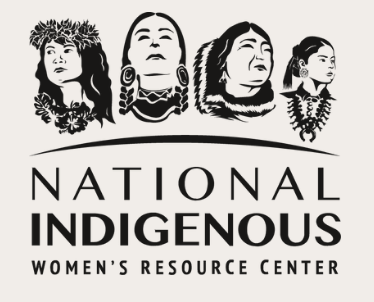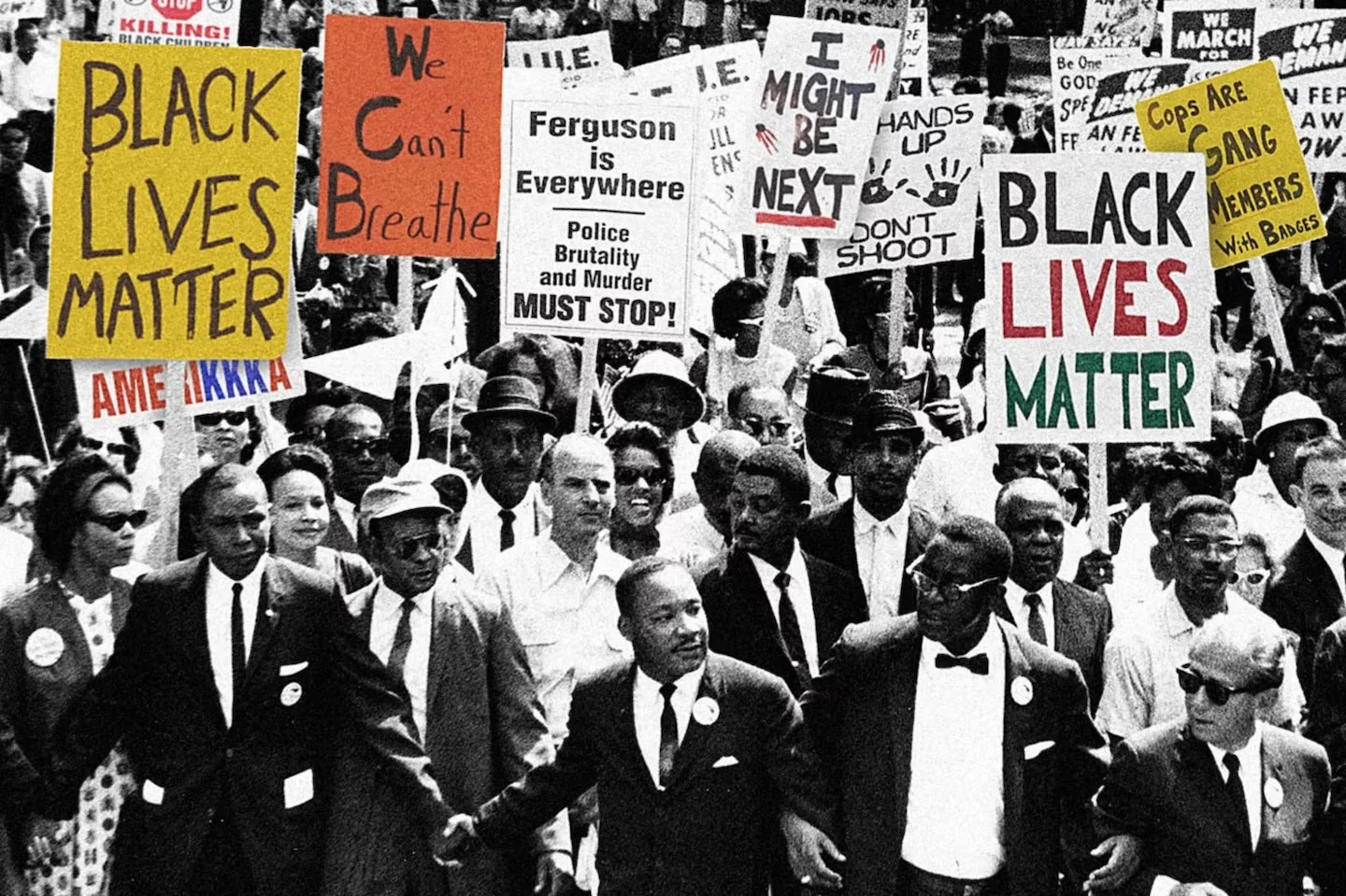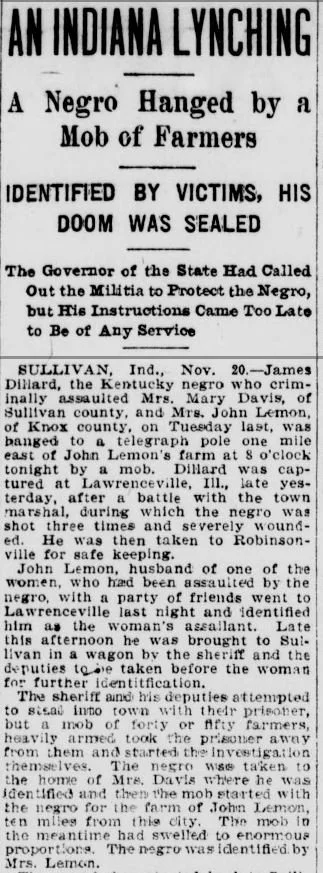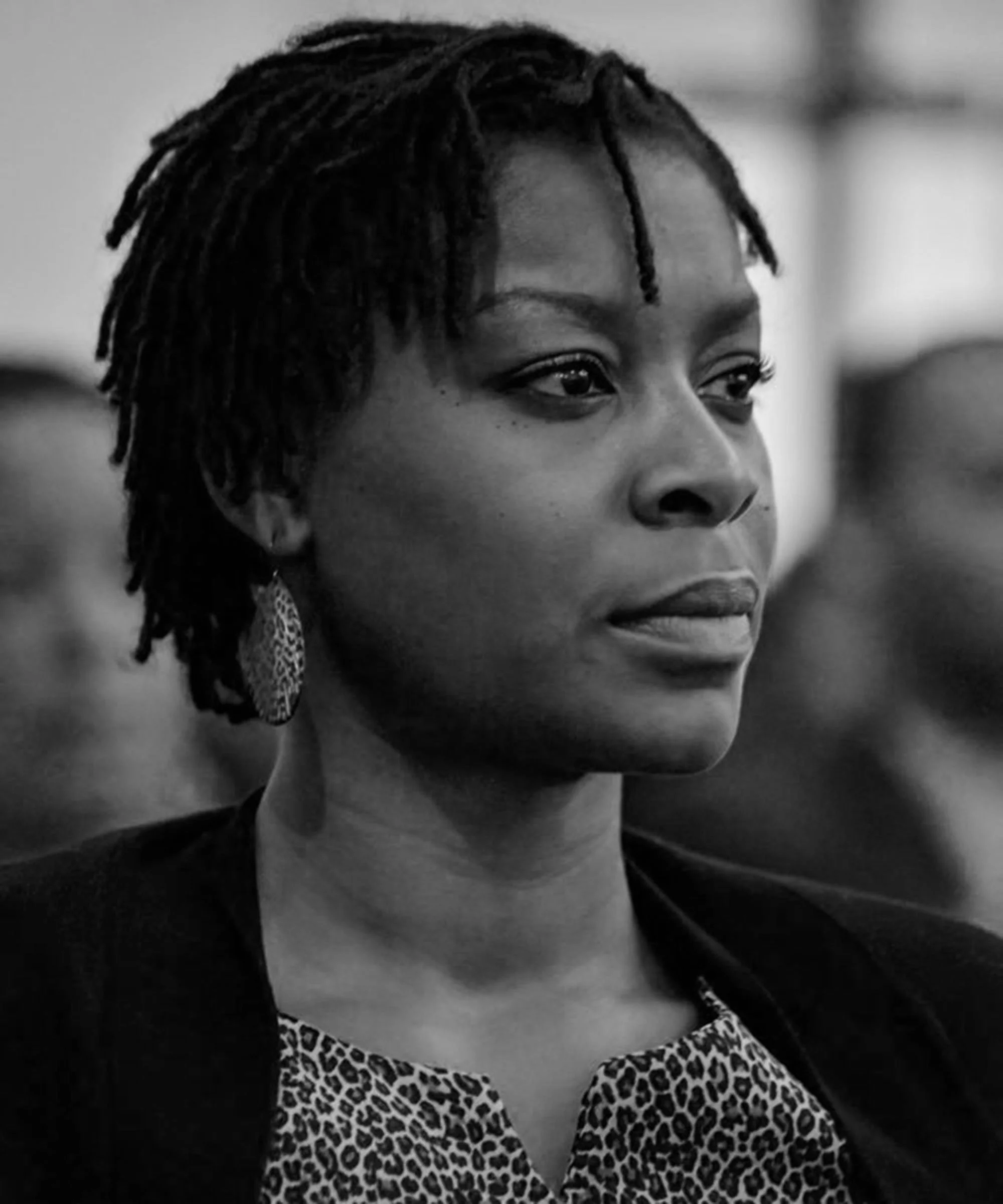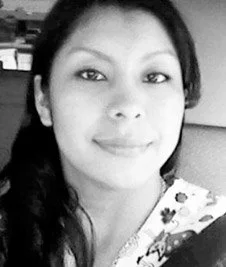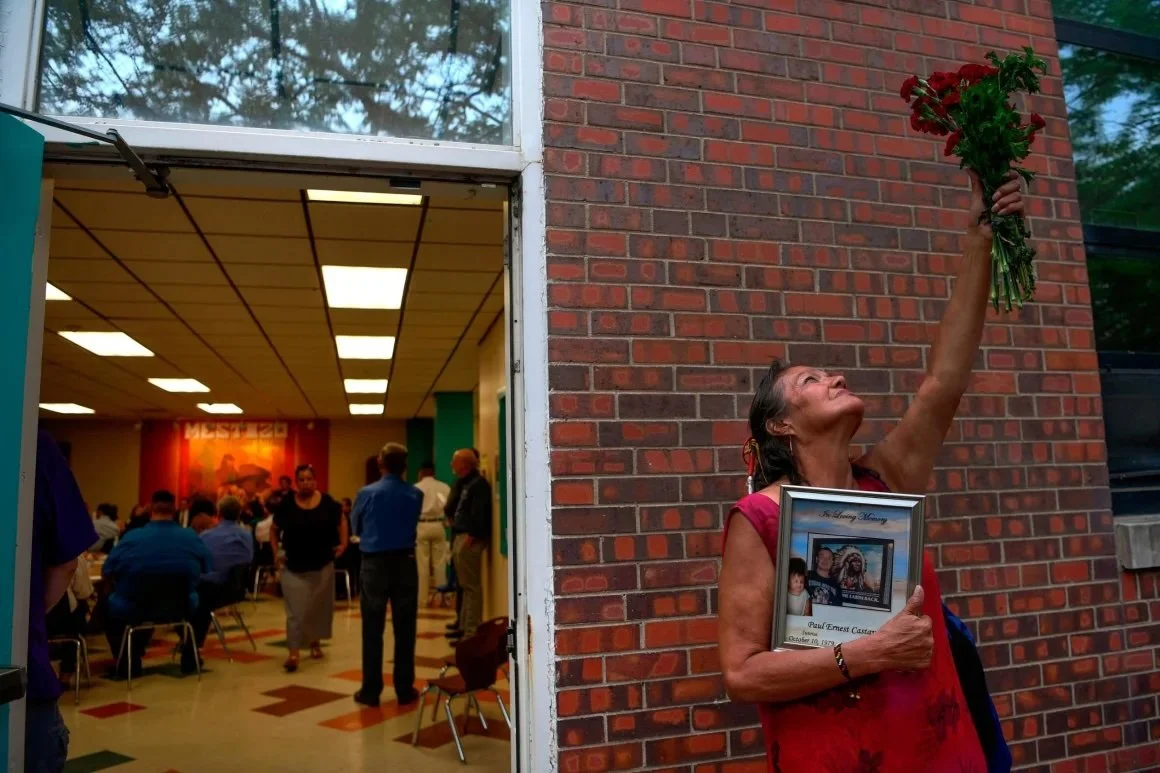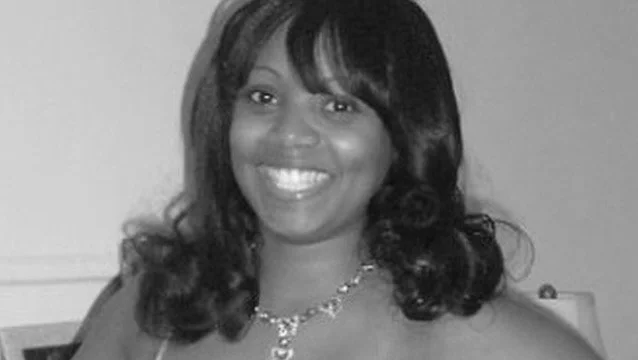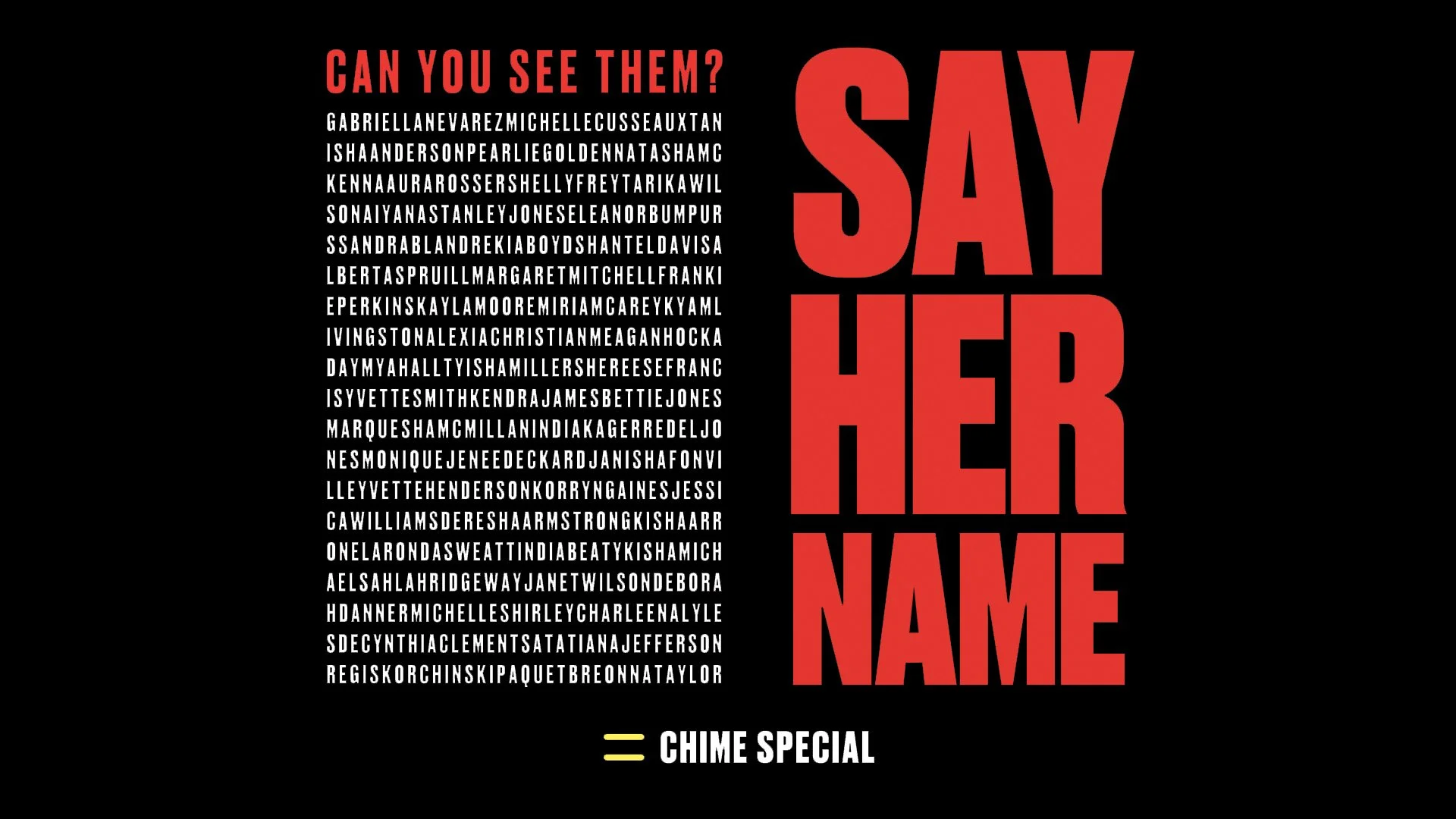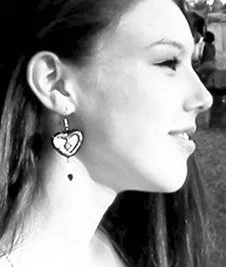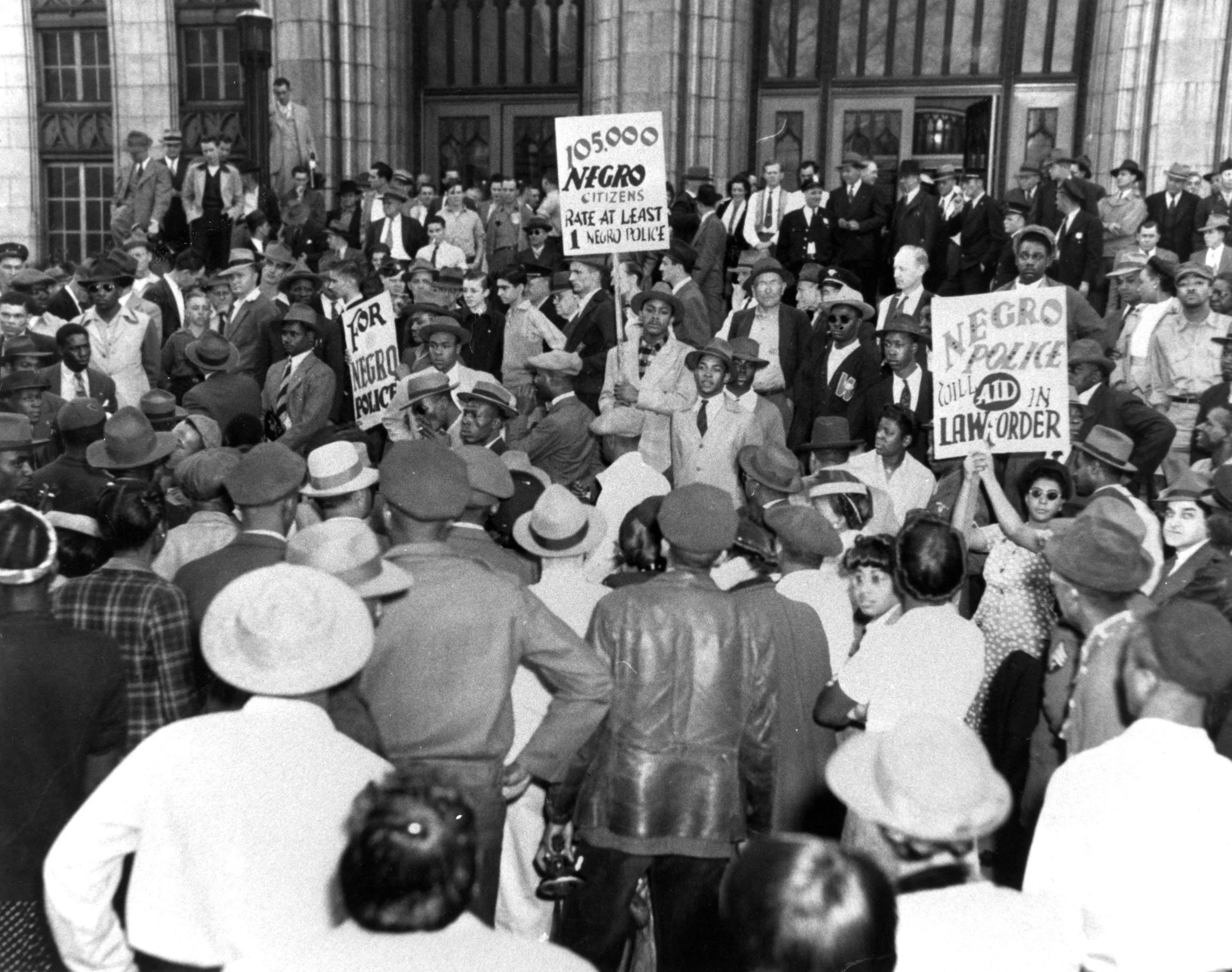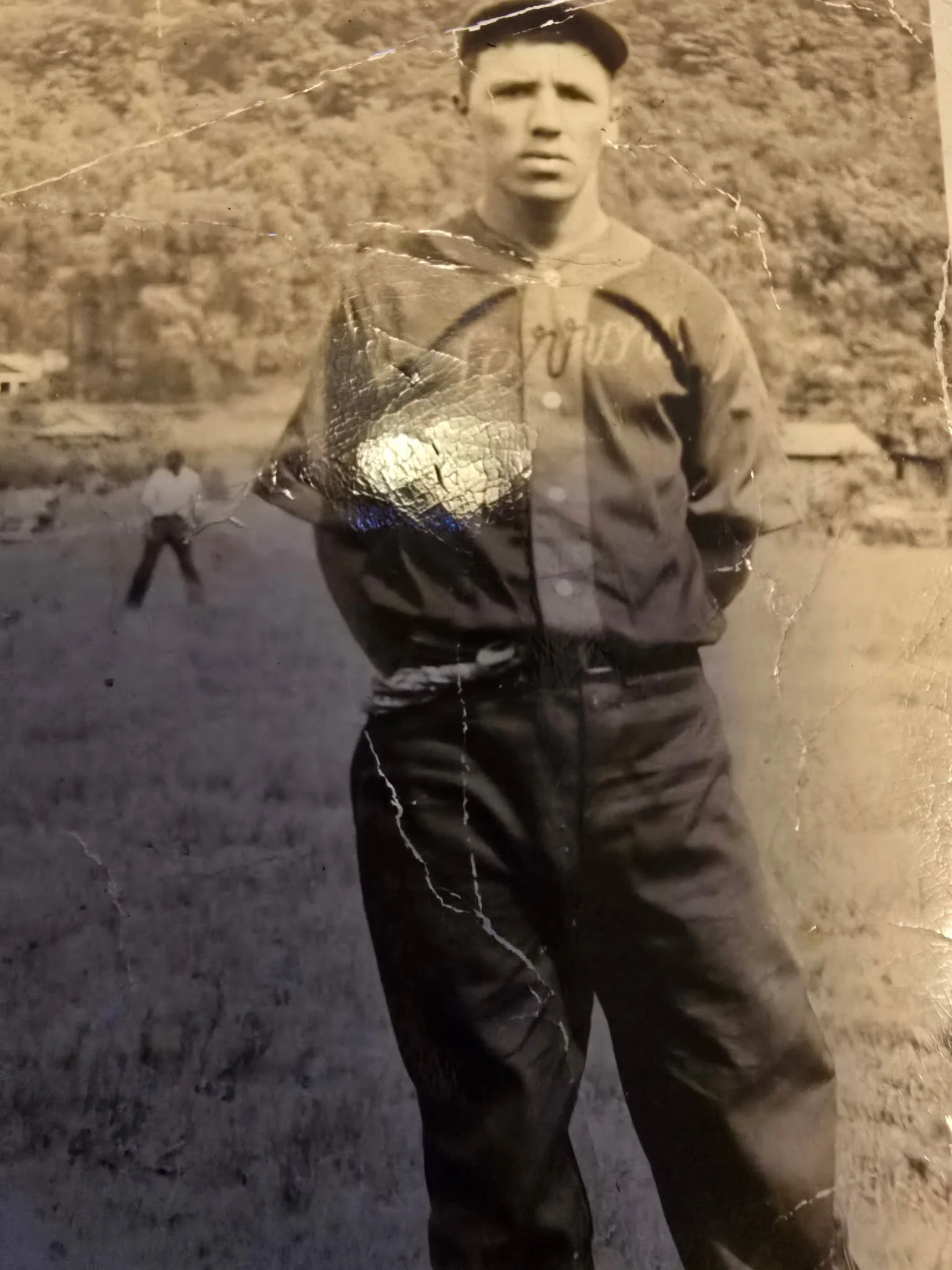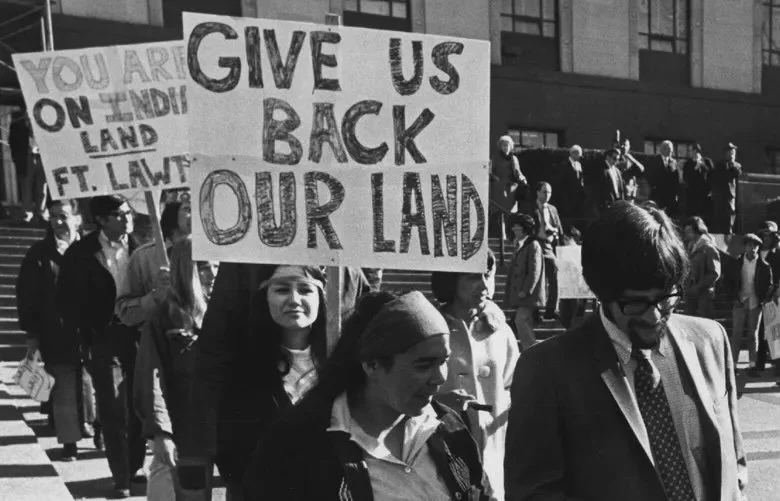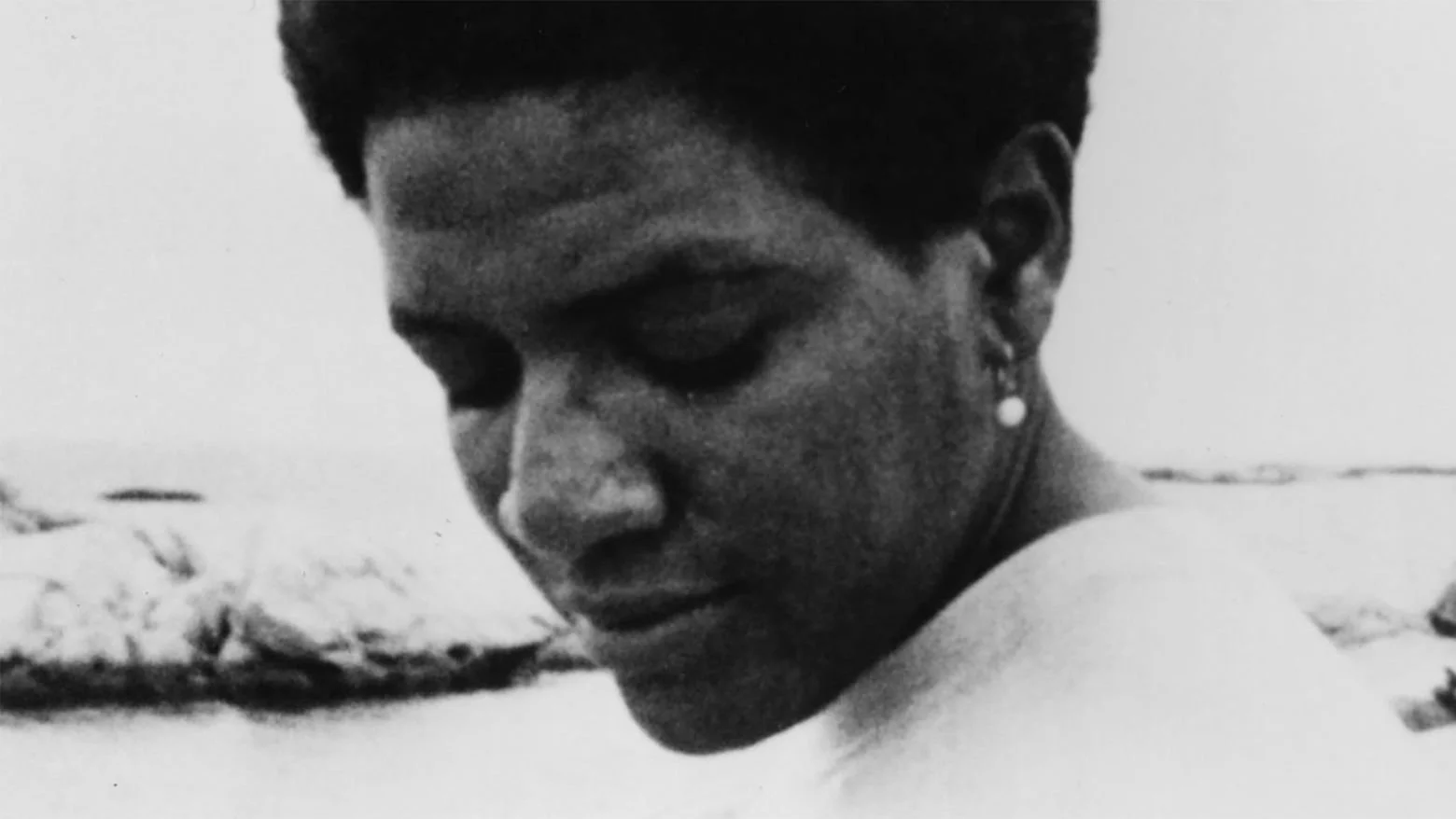The Combahee River Collective
“The nature of photography silences in a peculiar way, crowding out all senses but the visual. Yet I do not see the classic “stoic” Indian in this face; I see deep grief, and desperation, and the burning of the kind of strength that emerges when all else fails.” Bad Indians, Deborah A. Miranda
Reclaim and Identify
Learn more about forced Native assimilation here. (click photo)
Leslie Marmon Silko
The American Revolution
Pretense of getting Native men to fight in a war that was not for their freedom or safety on the idea of treaties, and exploitation of their oppression.
Note: Fuck your complicity to genocide, and the oppression of those whose lives have the same weight as yours.
“Indigenous peoples reached out to the life-affirming stories of their enduring experience in these places, these places that are inhabited by our ghosts, our spirits, the spirits of the potential, the life force itself. They are people transformed, and transforming, living what they mean by any healing. It is from this potential, the potential of our proposition for other ways of being and living, that we generate and attach ourselves to our intensely dreamed future, always becoming.” Theory From Life, Million
Note: One of the most notable ways in which indigenous and black Americans found identity and resistance was through songs. Dating back to times before colonization, both within the “Americas” and Africa, songs were the way in which communities would hold history, the storytelling to bring life to those who had passed, or to educate those who had yet to come. During the enslavement of Africans and the genocide of both them and Indigenous peoples, songs were used as a form of protest, still to this day used as a way to critique colonialism within American society, and complicity with oppression.
Note: Think within the context of missions, or reservation schools, along side the forced assimilations of Christianity that enslaved Africans had to navigate, Indigenous peoples were forced to partake of a religion not of their own, and within this concept of religion, of narrative within the ideas of holiness, both enslaved peoples and indigenous were stripped of their humanity, their initial sense of value, of the truth of their history and their sense of self, to then have it be replaced with the assumption of white superiority. So religion has deep roots within both communities, and one of the most notable aspects is the stripping of life, in the name of “justice” or “sin”.
“The epidemic of murdered and missing indigenous women is a substantial issue; therefore, no single solution is sufficient and there needs to be a collaborative process to aid all Canadian indigenous communities.”
American Indian Law Review
How do we approach the disappearance of a people when the way we understand them, or highlight them within society, continues to erase who they truly are?
Audre Lorde
Missing White Women Syndrome
MISSING WHITE WOMAN SYNDROME: AN EMPIRICAL ANALYSIS OF RACE AND GENDER DISPARITIES IN ONLINE NEWS COVERAGE OF MISSING PERSONS
“We’re half the world
but carry the rest of it on our backs
We both live in occupied territories
But what can I know about you
Half a world away from me.
You and me, we know violence:
The pain of our mothers,
The memories of this land.
We share a history of being moved, removed,
moved again.
Taken from our homes
and wondering if we’ll ever go back.
We’re shared sleepless nights telling,
retelling,
telling again
the stories they tried to take from us;
trying to remember the ones they did.” (Lee 1)
Note: As we have touched on within a variety of our in class texts, community is truly one of the forefronts of ensuring colonialism is dismounted, one of the most important parts of that is seeing how oppression is collective within different demographics, and no one is truly “singular”, oppression to one is oppression to all.
A Litany for Survival
A Duck’s Tune
Ya kut unta pishno ma*
Ya kut unta pishno ma
Ya kut unta pishno ma
Ya kut unta pishno ma
So I moved to this place,
Iowa City, Ioway
Where green-headed mallards
walk the streets day and night,
and defecate on sidewalks.
Greasy meat bags in wetsuits,
disguise themselves as pets
and are free as birds.
Maybe Indians should have thought of that?
Ya kut unta pishno ma
Ya kut unta pishno ma
Ya kut unta pishno ma
Ya kut unta pishno ma
Maybe you would have
left us alone,
if we put on rubber bills,
and rubber feet,
Quacked instead of complained,
Swam instead of danced
waddled away when you did
what you did…
Ya kut unta pishno ma
Ya kut unta pishno ma
Ya kut unta pishno ma
Ya kut unta pishno ma
So I moved to the Place
The “Jewel of the Midwest”
Where ghosts of ourselves
Dance the sulphur trails.
Fumes emerge continuous
from the mouths of
Three-faced Deities who preach,
“We absolve joy through suffering.”
Ya kut unta pishno ma
Ya kut unta pishno ma
Ya kut unta pishno ma
Ya kut unta pishno ma
So I moved to this place where
in 1992, up washed Columbus again
like a pointy-chinned Son of Cannibals.
His spin doctors rewrite his successes
“After 500 years and 25 million dead,
One out of 100 American Indians commit suicide
One out of 10 American Indians are alcoholics
49 years is the average lifespan of American Indians.”
Each minute burns
the useful and useless alike
Sing Hallelujah
Praise the Lord
Ya kut unta pishno ma
Ya kut unta pishno ma
Ya kut unta pishno ma
Ya kut unta pishno ma
And when you foreigners
build your off-world colonies
and relocate in outer space
This is what we will do
We will dance,
We will dance,
We will dance
to a duck’s tune.
Ya kut unta pishno ma
Ya kut unta pishno ma
Ya kut unta pishno ma
Ya kut unta pishno ma
LeAnne Howe
Love You Some Indians - Rowie Shebala
Note: Historically, both Indigenous and Black Americans have been on the suffering end of white supremacist ideals and actions. Both Black and Indigenous peoples have felt the stretch of a noose around their necks. One of the most formative steps in understanding and decolonizing this colonialism construct is understanding who holds the power of the story.
What does lynching really mean?
For those of us who live at the shoreline
standing upon the constant edges of decision
crucial and alone
for those of us who cannot indulge
the passing dreams of choice
who love in doorways coming and going
in the hours between dawns
looking inward and outward
at once before and after
seeking a now that can breed
futures
like bread in our children’s mouths
so their dreams will not reflect
the death of ours;
For those of us
who were imprinted with fear
like a faint line in the center of our foreheads
learning to be afraid with our mother’s milk
for by this weapon
this illusion of some safety to be found
the heavy-footed hoped to silence us
For all of us
this instant and this triumph
We were never meant to survive.
And when the sun rises we are afraid
it might not remain
when the sun sets we are afraid
it might not rise in the morning
when our stomachs are full we are afraid
of indigestion
when our stomachs are empty we are afraid
we may never eat again
when we are loved we are afraid
love will vanish
when we are alone we are afraid
love will never return
and when we speak we are afraid
our words will not be heard
nor welcomed
but when we are silent
we are still afraid
So it is better to speak
remembering
we were never meant to survive.


